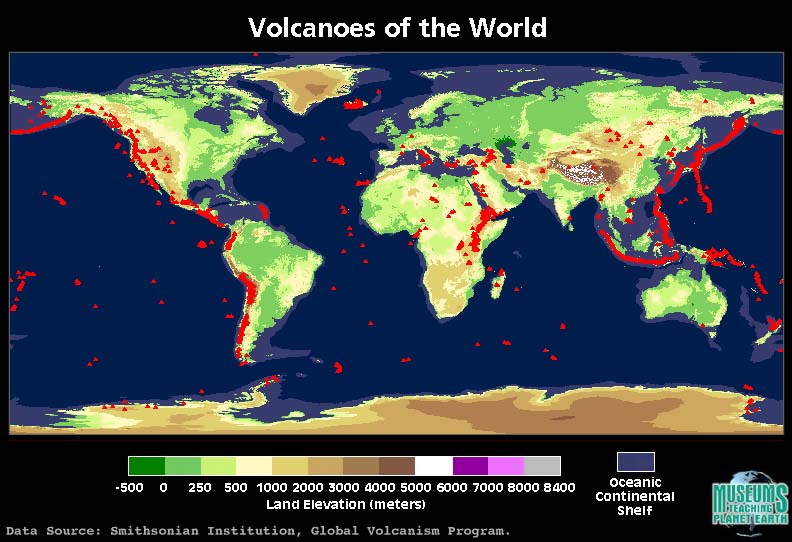
Though the amount by which Mexico leads is down substantially compared to a decade ago. The country with which the US has the largest negative net immigration is, perhaps unsurprisingly, Mexico. Still, I think it’s pretty interesting to see what US net immigration flows look like in the present.Īs mentioned above, according to these estimates, the US has significant positive net immigration with only one other country, Australia. So, I don’t foresee being able to make a historical US emigration map. I would have liked to do the same with US emigration, which may be the more interesting direction since it is not nearly as well known. Unfortunately the US does not keep good emigration records and the best data I’ve managed to find goes back only a few decades. Last month, I posted a map visualizing 200 years of US immigration (inflows only). AustraliaĪustralia, another country where immigration has become a highly charged political issue, jumps out as an interesting case.īy these estimates, Australia’s net immigration is negative with every country in the world, except for a small positive immigration balance with Sudan. Australia is the only country in the world to have significant positive net immigration with the US. What strikes me as interesting is how small a portion of the UK’s net immigration is actually coming from Europe. In the Brexit debate, the loudest arguments in favor of leaving the EU have been about immigration. Though of the Middle Eastern countries that are accepting Syrian refugees, the numbers they are dealing with are orders of magnitude higher than in the West. Many Middle Eastern countries have been criticized for allegedly accepting few Syrian refugees. In Qatar and the UAE, the net migration appears to actually be negative. Syriaīetween 20, the net migration from Syria to Sweden was more than Syria’s net migration to the rest of Europe and the Americas combined. That said, here are a few of the pieces I found interesting. You can find the full details of how they were calculated at the bottom of the post. Please keep in mind, these numbers are only estimates. Hopefully this map is helpful is clearing up at least the simple, basic statistics: how many migrants are there? Where are they coming from? And where are they going?

If you have a good answer, I’d love to know.) Who is migrating from where to where?įor a topic that comes up as often as immigration, I’ve found the debate to be really lacking in factual information. Why is immigration suddenly the cause / result / solution of everything? (Not meant rhetorically. Government Spending, Revenue, and Debt (the history of U.S.
Active worlds map free#


Lately, I’ve found a similar principle applies to immigration. No matter what topic is being discussed online, if the conversation goes on for long enough, someone will inevitably tie it back to immigration. If you’re not familiar with Godwin’s law, it is an old internet adage that states, “ As an online discussion grows longer, the probability of a comparison involving Nazism or Hitler approaches 1.” Population Division, more information on how it was calculated at the bottom of the post.įull screen version / Youtube video Immigration: the new Godwin’s Law The data for this map comes from the U.N.


 0 kommentar(er)
0 kommentar(er)
